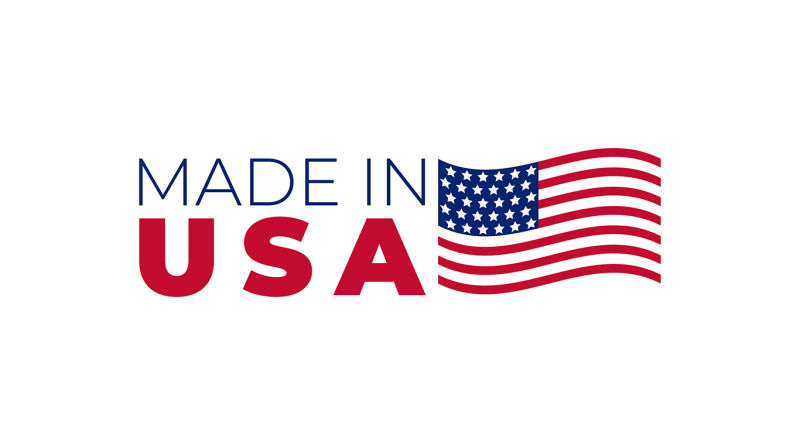Tariffs Challenge Small Businesses Aiming for ‘Made in USA’
Subscribe to our free newsletter today to keep up-to-date with the latest manufacturing news.
The phrase “Made in USA” has long carried weight in the marketplace, evoking images of quality craftsmanship and economic patriotism. In recent years, with supply chain vulnerabilities exposed during the pandemic and renewed focus on domestic industry, small businesses have been encouraged to bring production home. But for many entrepreneurs, especially those in manufacturing and consumer goods, the goal of producing solely within U.S. borders is becoming increasingly impractical.
This shift comes at a time when trade policies are tightening. The new tariffs intended to encourage domestic sourcing and curb reliance on foreign suppliers, are having unintended effects. For small businesses that lack the scale or capital to reconfigure their operations, the costs of these measures are proving prohibitive.
The reality of domestic production for small businesses
Despite the political momentum behind reshoring, the logistical reality of domestic manufacturing presents steep hurdles. Small manufacturers often depend on overseas suppliers for components or raw materials that are not available in sufficient quantity or quality within the U.S. Steel, electronics, textiles, and specialty plastics are all industries where global dependencies remain entrenched.
Even when domestic sources exist, Federal Trade Commission regulations governing what qualifies as “Made in USA” can be a stumbling block. The rules require that all or virtually all components be sourced domestically, a standard that many small businesses cannot meet without a complete overhaul of their procurement and production systems. For businesses importing even a few key components, the label becomes inaccessible, limiting marketing efforts despite significant domestic involvement.
Financial strain from tariffs on imported goods
For businesses that continue to source abroad, recent tariffs have added substantial cost pressures. In some cases, imported parts that previously had low duties are now subject to levies of up to 25 percent. These surcharges affect every stage from raw input to retail shelf.
A case in point is Nick Tenaglia, co-founder of All-American Roughneck, that according to Business Insider, his company faces a potential 75 percent surcharge on certain components. With limited domestic alternatives, his options are either to pass these costs on to customers or absorb them, both of which threaten competitiveness and profit margins.
Another example, from ABC News, is the owner of a furniture store in Kansas, Hendrick Svendsen, who decided to close his store due to Trump’s tariffs announcement, mentioning it was not possible to continue the store’s operations by using American-made products, with 90% of their items made overseas.
Many business owners face similar decisions: raise prices and risk losing customers, or cut quality and reduce differentiation. Neither approach is sustainable. These costs are not hypothetical.
Outsourcing remains a necessity, not a choice
Contrary to political messaging, outsourcing is not always about reducing labor costs. For small businesses, it is often about survival. The infrastructure for certain types of manufacturing does not exist domestically at scale. When it does, order minimums, lead times, and setup fees can create barriers that are too high for small firms to overcome.
Global suppliers often offer vertically integrated services, such as design, prototyping, production, and packaging. These are difficult to replicate with the fragmented U.S. manufacturing landscape. As a result, outsourcing remains attractive not only for economic reasons but also for operational viability. Companies that tried to increase domestic production still rely on international suppliers for key components.
Wider economic implications and policy disconnects
This growing disconnect is reflected in business sentiment. According to the National Federation of Independent Businesses, small business optimism fell to a 12-year low in early 2025. Cost pressures and uncertainty about trade policies are among the primary causes. For small businesses without lobbying influence or substantial financial reserves, recent tariff increases feel more like a penalty than protection.
While large corporations have the resources to absorb costs or shift production rapidly, small firms do not have the same flexibility. Policymakers often fail to consider this imbalance when crafting trade regulations.
The vision of widespread domestic production remains appealing, but execution requires more. Small businesses need targeted support, such as access to grants, workforce development, better infrastructure, and practical guidance for transitioning parts of their supply chains.
Until those supports are in place, many small companies will continue to source globally, not from preference but from necessity. Their choices reflect the realities of surviving in a competitive market shaped by policy decisions that do not always account for their scale or constraints.
Sources:
